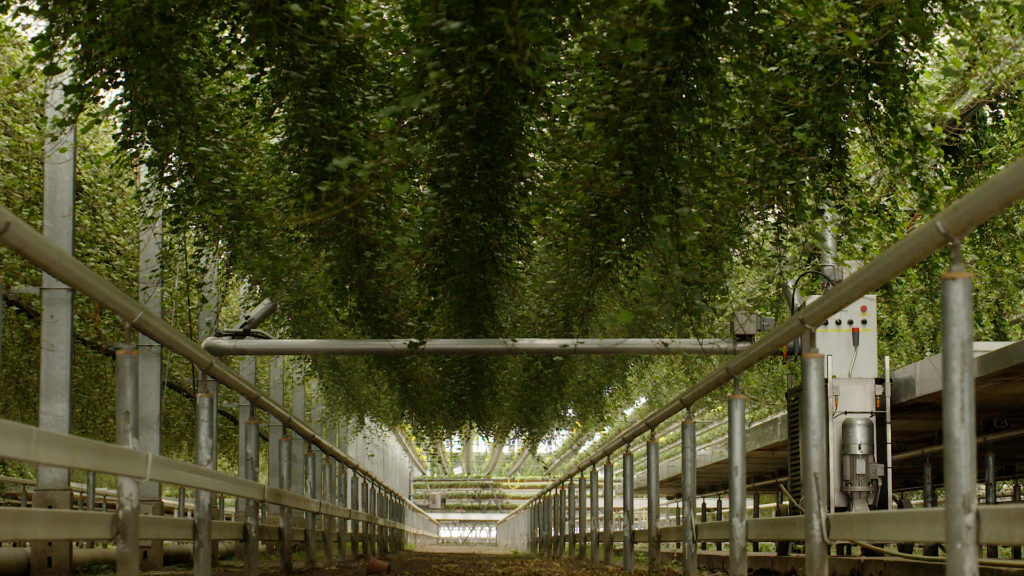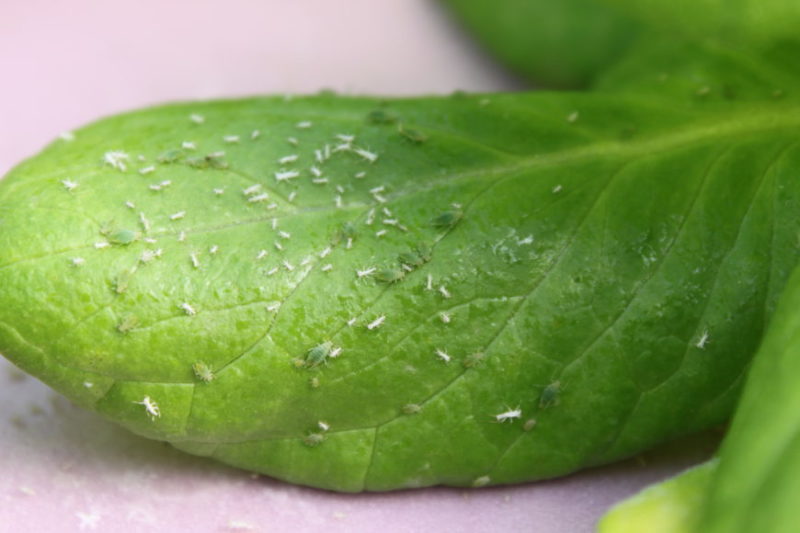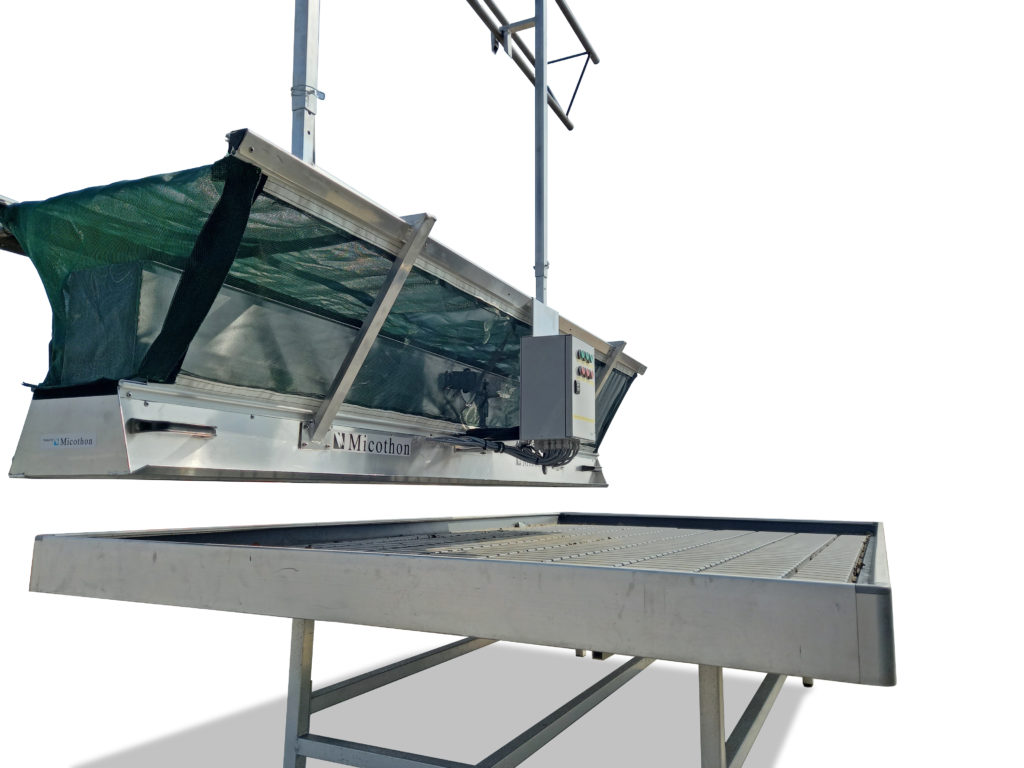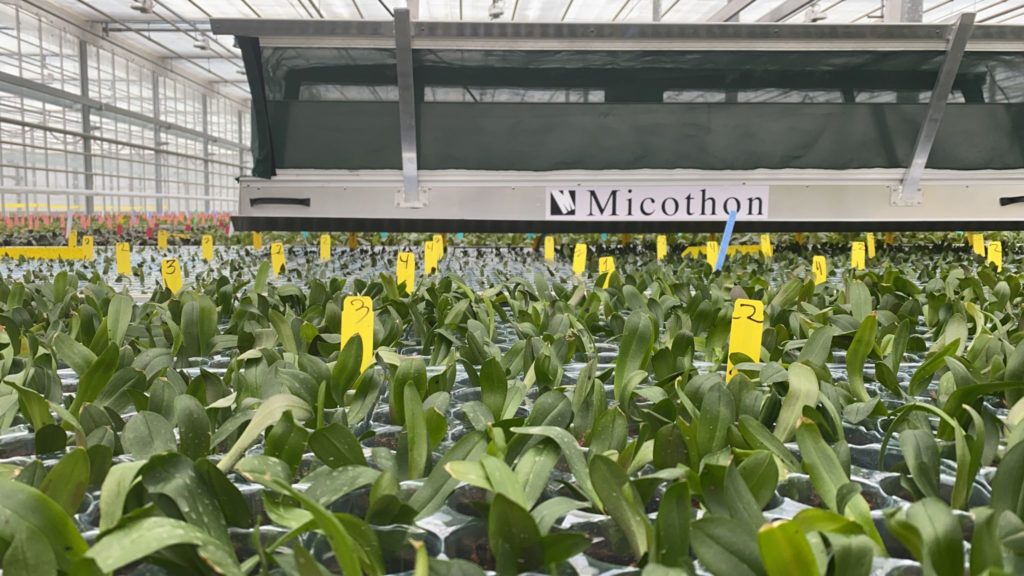Hedera plant protection with better leaf coverage and less plant protection product.
A large Hedera grower had been looking many years for a way to protect his plants better against insects and also save on spraying agent.
Micothon decided to take up that challenge with him: by applying new techniques it should be possible to obtain optimal leaf coverage in a difficult crop such as Hedera. After all, the lifetime of a standard spray pipe with nozzles is ending. Together with the customer, we developed a new spraying technology with air support, built a prototype and tested the results on his crop. These results were so promising that we continued developing and perfecting the machine. With the Micothon Ivy we now have the ideal solution for demanding growers who want to use less spraying agent.

Digitally adjustable fluid delivery and spray direction
An important feature of the Micothon Ivy is the digital adjustability of the liquid deposit. This makes it possible to skip certain parts of the crop or to give hardly infected spots a lower dose. In addition, the spraying direction of the moving spray arms is also digitally adjustable. That way the leaf coverage can be accurately adjusted to the shape and height of the crop. This gives a double effect: lower costs for spraying agents and better crop growth because there is no growth inhibition.
Autonomous operation saves labour
The Micothon Ivy drives by itself through the path. Its sensors automatically direct the machine. The liquid delivery and spray direction are set upfront. So, the improved spraying technology also leads to considerable labour savings.
Durable and thoroughly reliable
Micothon builds its sprayers for a long lifetime in harsh conditions. That starts with a strong frame and sheet metal made of stainless steel. In addition, we only use parts and components that have been tested and proven to be reliable.
Micothon IVY: THE NEW approach to crop protection.
Our customer was looking for a better technology to protect his crops. The dense hedera crop is difficult to protect against insects. This grower wanted a 100 % spray coverage, especially when using modern biobased products. His request for a solution led to the development of the Micothon Ivy.
Many new technologies:
– Newly developed air blast technology for the best leaf coverage.
– Digitally guided spray direction for automatic adjustment to different crops
– Automatic drive and steering on the 40 cm concrete path’s.
– Remote control by an operator for minimal physical labour.
– Automatic winding and rewinding of hose and cable without physical labour.
The results after working half a year with the Micothon Ivy.
– Significant less use of plant protection products per spray turn (40-60 % less).
– Better crop protection results.
– Easy job for the spray crew.
Micothon: We help you to spray less and better.
Want to know more about the Micothon Ivy? Contact us at Micothon and challenge us with your request.






